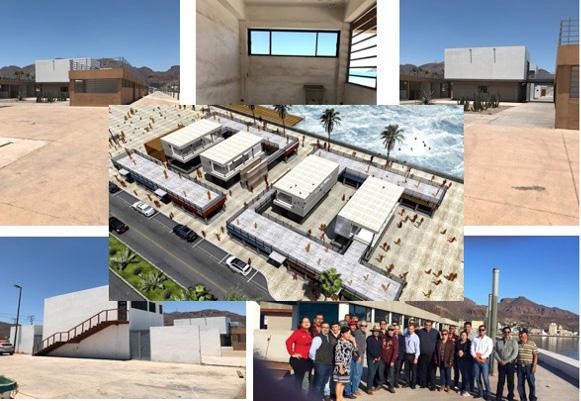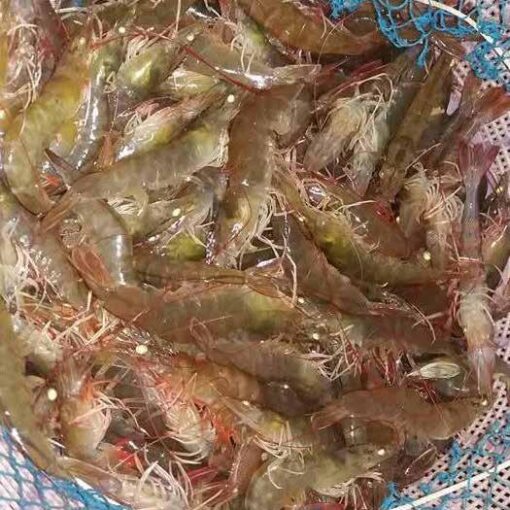* By Alejandro Godoy
Dr. Vaclav Smil, in his book How to Feed the World: The History of Food and Its Future, states that the food currently produced globally is sufficient to provide 3,000 calories per capita worldwide. He highlights that much of the issue does not rely in producing more food but rather in making processing, preservation, distribution, and marketing more efficient.
Bill Gates recommended reading this book, expressing that it was written by his favorite author. The book ientific and quantitative focus, offering a statistical and analytical approach to the future of food and its historical background.
Who is the Author?
Dr. Vaclav Smil is a distinguished professor and writer at the Faculty of Ecology in Winnipeg, Canada. He studied sciences at Prague University and engineering in Mining at the University of Pennsylvania. He has interdisciplinary expertise in topics such as energy, food, population, and the environment, and has impressively written 40 books.

Key Points from the Book
The book emphasizes that food produced globally today is enough to provide 3,000 calories per person worldwide; however, 30% is wasted, and in wealthy countries, the rate goes up to 45%.
It discusses aquaculture as an industry that has grown over the last 40 years and currently supplies more fish and seafood than traditional fishing, making it a scalable model for the global demand for proteins. It zooms in on species like tuna and salmon, which are carnivorous and have a low feed conversion rate (1- 1.12), as well as the controversial issue of pollution due to fish farming cages. However, the book continuously highlights the benefits of aquaculture.
Furthermore, the book considers important variables like climate change and population growth, reiterating that the challenge is not merely producing more food but enhancing the efficiency of processing, conservation, distribution, and marketing.

FAO Study on Supply Chain Analysis
According to an April 2025 FAO study analyzing the fisheries and aquaculture supply chain, the problem requires multidimensional solutions. FAO states that it can be solved and funded through mixed public and private funds, as well as international donor foundations.
To improve the seafood supply chain in fishing and aquaculture, the following aspects must be strengthened:
» Policies and regulatory framework: In Mexico and Latin America, appropriate fishing and aquaculture laws.
» Technology application: Utilizing tools and devices to streamline and enhance efficiency.
» Skills and learning: Passing down knowledge to new generations and developing training centers.
» Services and infrastructure: Port services for fishing and aquaculture, as well as preservation and processing facilities.
» Environmental regulation: Ensuring that productive activities respect environmental limits.
» Gender and social equity: Equal opportunities for men and women regardless of their social background.
» Markets: Regulating and facilitating the seafood trade with transparency and traceability.

Mercas market network: A Success Story
Feeding more people requires better infrastructure for cold storage and markets. Spain’s Mercas market Network is the world’s largest public wholesale market network, with state-owned and privately-owned shares. The network consists of 24 public food markets across Spain, 17 of which handle 50% of the country’s seafood consumption. This infrastructure provides cold storage and coverage in major cities, making seafood products fresher and more accessible to consumers. This system enables fishers and farmers from various regions to sell their products, recognizing Spain as Europe’s gateway market.
Comparative Analysis
To gain perspective on the Mercas Network versus Mexico’s public fish markets, Mexico should at least have twice as many markets to efficiently distribute seafood. Spain’s setup has allowed for a 42 kg per capita seafood consumption, while Mexico’s rate remains at 12.9 kg per capita. Mexico’s markets lack infrastructure, organization, and services.
Building new markets seems straightforward, but raising awareness among producers is crucial. My personal experience in 2017, when constructing a market in Guaymas, Sonora (Mercaguay), illustrates the challenge. Despite its strategic central location, modern infrastructure, refrigeration facilities, restaurants, and direct pier access — costing approximately USD 1.2 million — local fishers refused to relocate. They were reluctant to comply with regulations, weighing requirements, and rental fees of MXN 1,200 (USD 62.29) per month for maintenance. To this day, the market remains unopened.

Conclusion
Aquaculture production in Mexico needs optimization and expansion since the country relies heavily on USD 1 billion worth of imported seafood — mainly tilapia, basa swai, and salmon.
Moreover, improving supply chain infrastructure is essential to ensure quality seafood reaches consumers. Otherwise, street vendors with minimal sanitary conditions will still sell on streets.
Mexico and Latin America urgently need modern markets equipped with:
» Logistics infrastructure (loading/unloading areas, ice factories, epoxy-coated floors, electronic scales).
» Processing and packaging facilities.
» Retail areas separated from wholesale operation.
» Electronic auctions to increase supply and attract foodservice and wholesale buyers.
This would ultimately lead to higher-quality seafood, encouraging repeating consumption feeding more people. Signing off, dear readers—time to read more of Dr. Vaclav Smil’s books.

* Alejandro Godoy is the founder of Seafood Business Solutions, a consulting firm that specializes in aquaculture and fisheries market intelligence. Godoy has over 20 years of experience conducting studies for governments and companies worldwide










